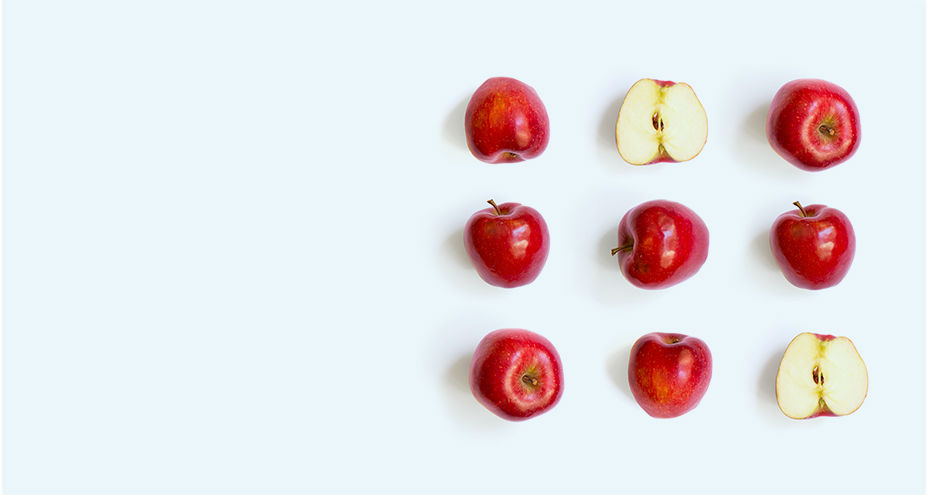Carbohydrates are your body’s main source of energy. They are the sugars, starches, and fibre found in fruits, vegetables, grains, legumes, milk, and many prepared foods. Both the type and amount of carbohydrates you eat affect your blood sugar levels. This is why you need to spread out your carbohydrate intake throughout the day.
It’s normal for blood sugar levels to spike after a meal. That being said, not all carbohydrates have the same effect on blood sugar levels. Some starchy foods, such as white bread and white pasta, are rapidly digested and may cause a higher spike in blood sugar levels. Other foods, such as fibre-rich whole-grain breads and beans, are digested slowly, causing a smaller spike in blood sugar levels. Healthy food choices based on the type and amount of carbohydrates can help you keep blood sugar levels on target.





